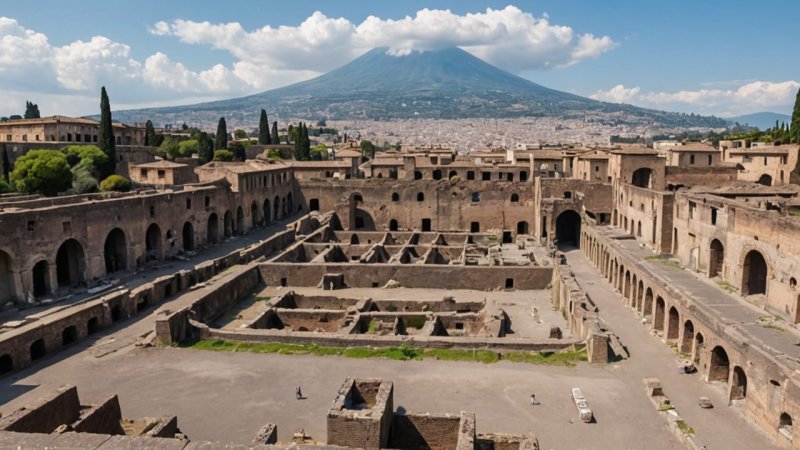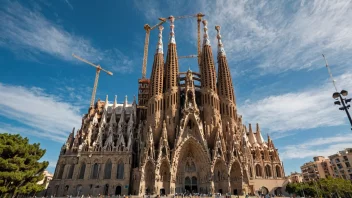1. The Historical Significance
The Ruins of Herculaneum, a small town that was buried under volcanic ash during the eruption of Mount Vesuvius in AD 79, offers a unique glimpse into Roman life. Unlike Pompeii, Herculaneum was preserved in a manner that allows visitors to see wooden artifacts, carbonized remains, and delicate frescoes. This makes it a vital site for understanding the social and everyday lives of ancient Romans.
2. Excavation Highlights
Discovered in the early 18th century, the excavations at Herculaneum revealed a wealth of well-preserved buildings. Notable highlights include:
- The House of the Deer: Known for its exquisite frescoes and mosaics, this site showcases the artistic talent of the time.
- The Palestra: An ancient gymnasium where locals likely exercised and socialized.
- The Forum: The central public space of Herculaneum, where commerce and community activities took place.
3. Visiting the Ancient Baths
The Thermopolium and Baths of the Forum are two of the most fascinating sites in Herculaneum. The baths were not just for bathing; they were social hubs where Romans gathered to unwind. The intricate mosaics and heating systems are a testament to the advanced engineering techniques of the time.
4. The Villa of the Papyri
One of the most significant archaeological discoveries in Herculaneum is the Villa of the Papyri. This luxurious villa housed a library of over 1,800 scrolls, making it invaluable for understanding Epicurean philosophy. The villa also features stunning architectural designs and beautiful gardens.
5. Learning from the Artifacts
Visitors to Herculaneum can gain insight into Roman daily life through the various artifacts on display. From kitchen utensils to tools, these items provide a tangible connection to the past. Be sure to check out the carbonized bread and furniture that survived the eruption.
6. The Importance of Preservation
Herculaneum serves as a critical case study in archaeological preservation. Ongoing efforts are focused on protecting the site from deterioration and looting. Visitors can learn about these efforts and their importance in maintaining the integrity of this historical treasure.
7. Tips for Visiting
To make the most of your visit to Herculaneum, consider the following tips:
- Timing: Visit in the early morning or late afternoon to avoid crowds and enjoy the site in cooler temperatures.
- Guided Tours: Consider joining a guided tour to gain deeper insights into the history and significance of various sites.
- Wear Comfortable Shoes: The ruins cover a large area, and comfortable footwear is essential for exploring.
- Photography: Make sure to capture the intricate details of the frescoes, but be respectful of the site's preservation efforts.
8. Nearby Attractions
While Herculaneum is a must-see, don't miss the opportunity to explore nearby attractions:
- Pompeii: Just a short distance away, Pompeii offers its own rich history and extensive ruins.
- Mount Vesuvius: For the adventurous, a hike up this still-active volcano provides stunning views of the Bay of Naples.
- Naples: The vibrant city of Naples is a short train ride away and offers delicious cuisine and rich cultural heritage.
9. Cultural Events and Festivals
Throughout the year, Herculaneum hosts various cultural events that celebrate its rich history. Engage with local traditions and learn about Roman culture through reenactments and festivals that bring the ancient city to life.
10. Conclusion: A Journey Worth Taking
Visiting the Ruins of Herculaneum is not just a trip back in time; it’s an opportunity to appreciate the resilience of history and the lessons it imparts. From the stunning architecture to the everyday artifacts, Herculaneum offers a profound experience that highlights the sophistication of Roman civilization. Make sure to plan your visit and immerse yourself in this extraordinary part of history.






